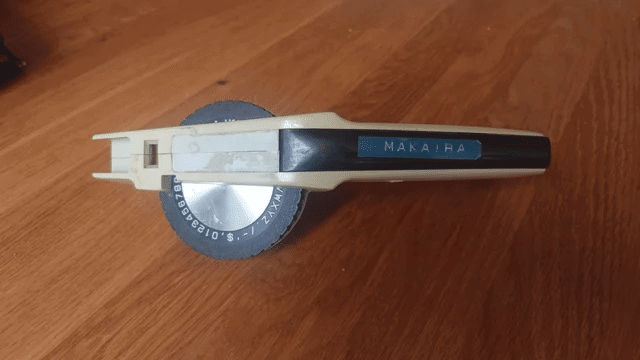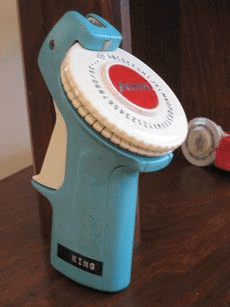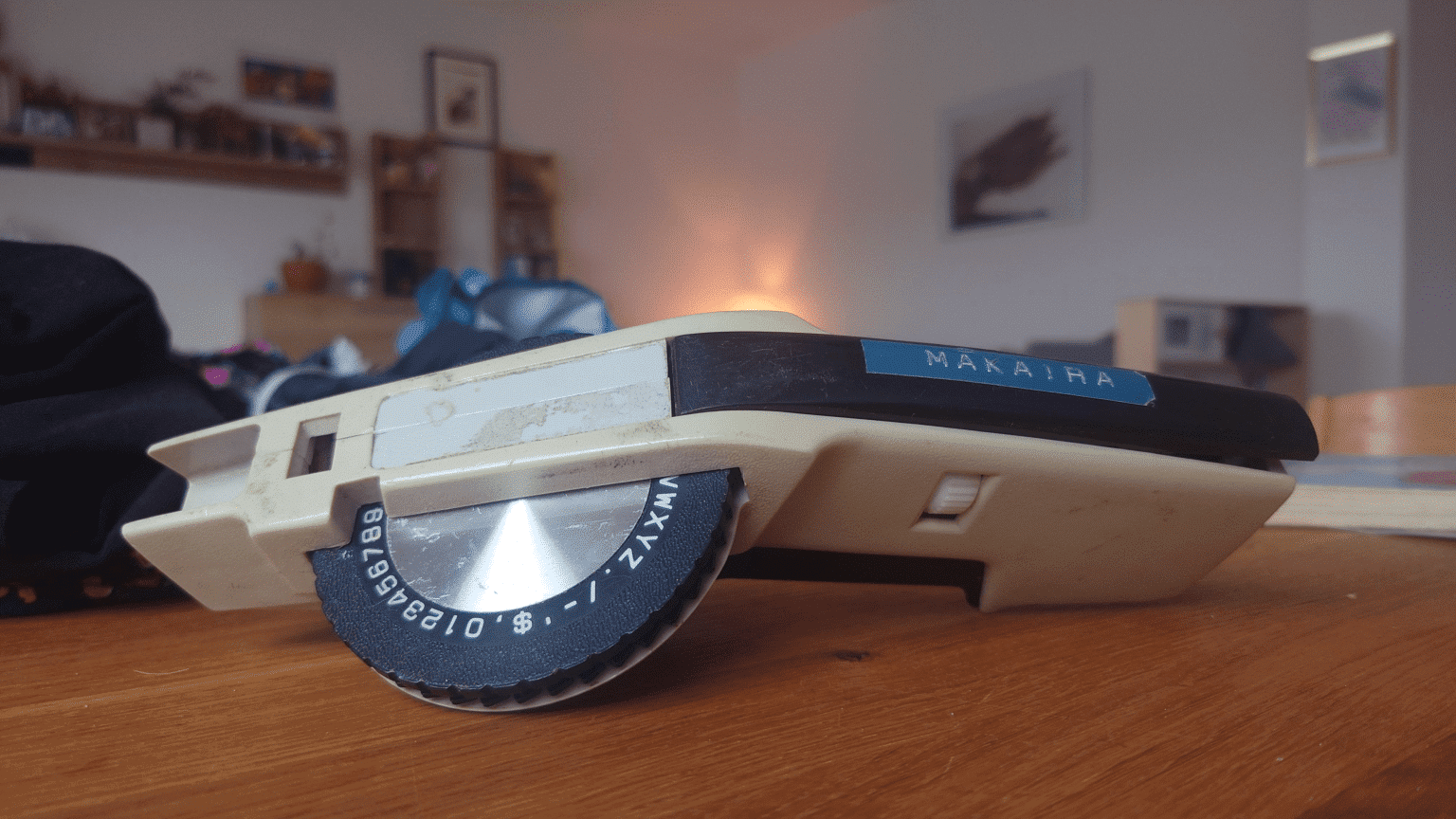The concept of labeling dates back to ancient times when humans marked objects for identification purposes. However, it wasn’t until the 19th century that the first dedicated label makers were developed. These early tools were manually operated, using embossing methods to create raised letters on tape. While simple, they laid the foundation for modern labeling technology.

The first mechanical label makers gained popularity in the 1950s. These devices allowed users to rotate a wheel to select characters and emboss them onto adhesive tape. They were especially useful in organizing offices, homes, and factories. Their ease of use and durability made them a staple in workplaces for decades.

In the 1980s, technological advancements brought the introduction of electronic label makers. These devices featured small keyboards and could print labels with a variety of fonts and sizes. Unlike their mechanical predecessors, electronic label makers provided more flexibility in design and were faster, making them popular in both professional and personal settings.

Today’s label makers are highly advanced, offering Bluetooth connectivity, integration with smartphones, and customizable templates. Users can now design labels through apps and print them instantly. The precision and versatility of modern label makers have made them indispensable for businesses, schools, and even home organizations.
